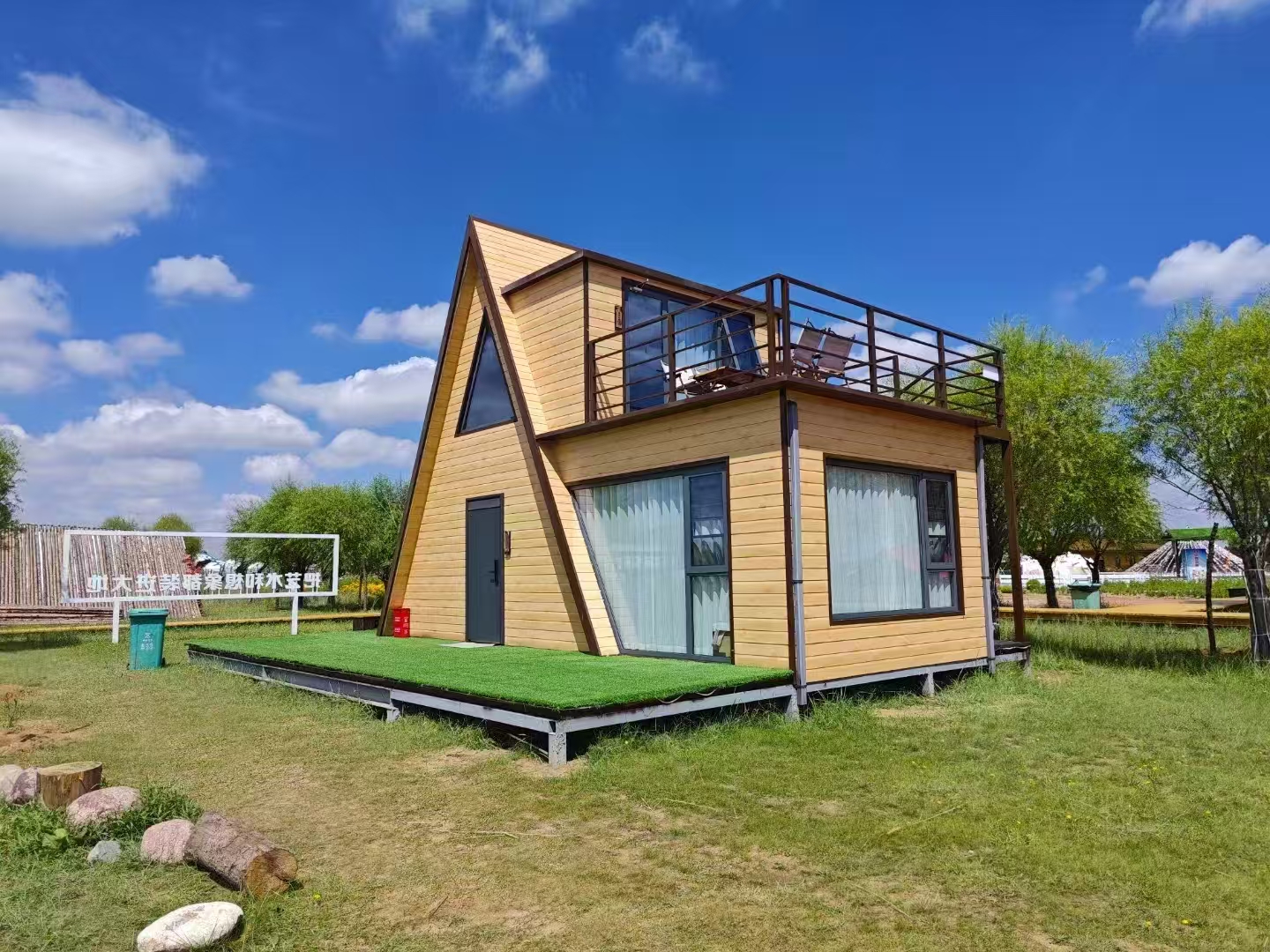How Long Do Prefabricated Modular Homes Last? A Data-Driven Analysis

Prefabricated modular homes have gained popularity for their efficiency and affordability, but a critical question remains: How long do they actually last? This article delves into lifespan data, material science, and maintenance practices to provide an objective, research-backed perspective on the durability of modular homes compared to traditional stick-built houses.
Lifespan Comparison: Modular vs. Traditional Homes
Contrary to outdated stereotypes, modern modular homes are engineered to rival—and often exceed—the longevity of conventional construction. Key findings include:
-
NAHB Study (2022): 78% of modular homeowners reported no major structural issues after 20 years, compared to 65% for site-built homes.
-
Average Lifespan: High-quality modular homes typically last 50–70 years, matching traditional homes when maintained properly.
-
Factory Precision: Controlled manufacturing reduces human error and weather-related defects, enhancing long-term stability.
Factors Influencing Durability
1. Material Quality
-
Steel Framing: Galvanized steel resists corrosion, pests, and warping, outperforming wood in humid or termite-prone regions.
-
Weather-Resistant Cladding: Fiber cement siding and insulated metal panels offer UV protection and moisture resistance.
-
Foundation Integrity: Modular units anchored to reinforced concrete slabs or piers prevent settling issues.
2. Compliance with Building Codes
-
Modular homes adhere to IRC (International Residential Code) and often exceed local standards for wind, snow, and seismic loads.
-
Example: Florida’s hurricane zones require modular homes to meet Miami-Dade County’s wind uplift ratings.
3. Environmental Exposure
-
Factory assembly minimizes exposure to rain, mold, and temperature fluctuations during construction—a common cause of early decay in traditional builds.
Maintenance Practices to Extend Longevity
Proactive care can add decades to a modular home’s lifespan:
-
Annual Inspections: Check roofing, seals, and HVAC systems for wear.
-
Moisture Management: Install vapor barriers in crawl spaces and maintain gutters.
-
Exterior Upkeep: Repaint siding every 10–15 years and replace caulking around windows.
-
Foundation Monitoring: Address soil erosion or settling promptly.
Case Study: A 50-Year Modular Home
A 1973 modular home in Vermont, retrofitted with modern insulation and steel roofing, recently underwent inspection:
-
Structural Integrity: No significant foundation cracks or frame degradation.
-
Energy Efficiency: Upgraded windows and insulation reduced energy costs by 40%.
-
Key Takeaway: Regular updates and quality materials enable modular homes to evolve with technological advancements.
Limitations and Considerations
-
Roof Longevity: Asphalt shingles on modular homes may require replacement sooner (15–20 years) compared to metal roofs (50+ years).
-
Local Climate: Harsh winters or coastal salt air may necessitate more frequent maintenance.
Conclusion
Prefabricated modular homes, when constructed with premium materials and maintained diligently, offer a lifespan comparable to traditional homes—often at a lower lifetime cost. By prioritizing steel framing, weather-resistant finishes, and proactive upkeep, homeowners can ensure their modular investment stands the test of time.

